Embark on a journey to revolutionize your mealtime with our guide to some of the best lunch boxes of 2024—your ultimate allies in mastering healthier eating habits while saving a pretty penny on dining out. Lunch boxes have transformed into indispensable sidekicks for millions, from the young minds in schools to the bustling adults in offices, blending reliability, functionality, and a dash of style into every meal carried.
1. Bento-Style Lunch Boxes
Dive into the art of meal presentation with Bento boxes, a culinary treasure from Japan, designed to enchant your senses. These marvels, brought to you by pioneers like Bentgo and Yumbox, offer airtight, robust constructions ideal for all ages. Crafted from BPA-free materials, they not only ensure your food's safety but also promote a harmonious balance of nutrients with their ingeniously compartmentalized design.
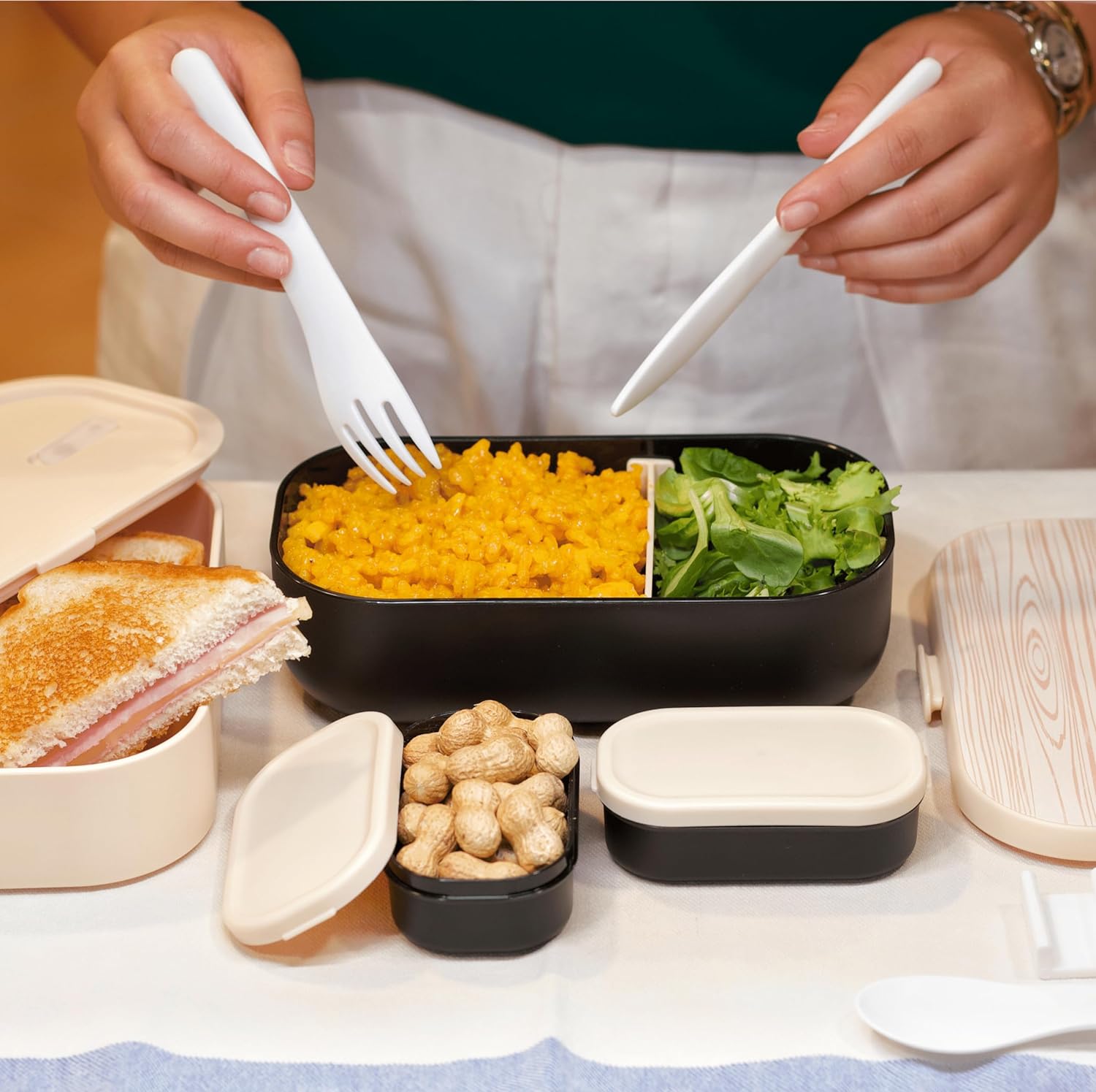
2. Insulated Lunch Boxes
For those who cherish their meals warm or chilled to perfection, insulated lunch boxes stand as the beacon of hope. Innovators like Thermos and PackIt have redefined thermal efficiency, with Thermos showcasing its superior foam insulation and double-walled stainless steel vessels, and PackIt dazzling with its gel-lined walls that promise up to 12 hours of coolness.
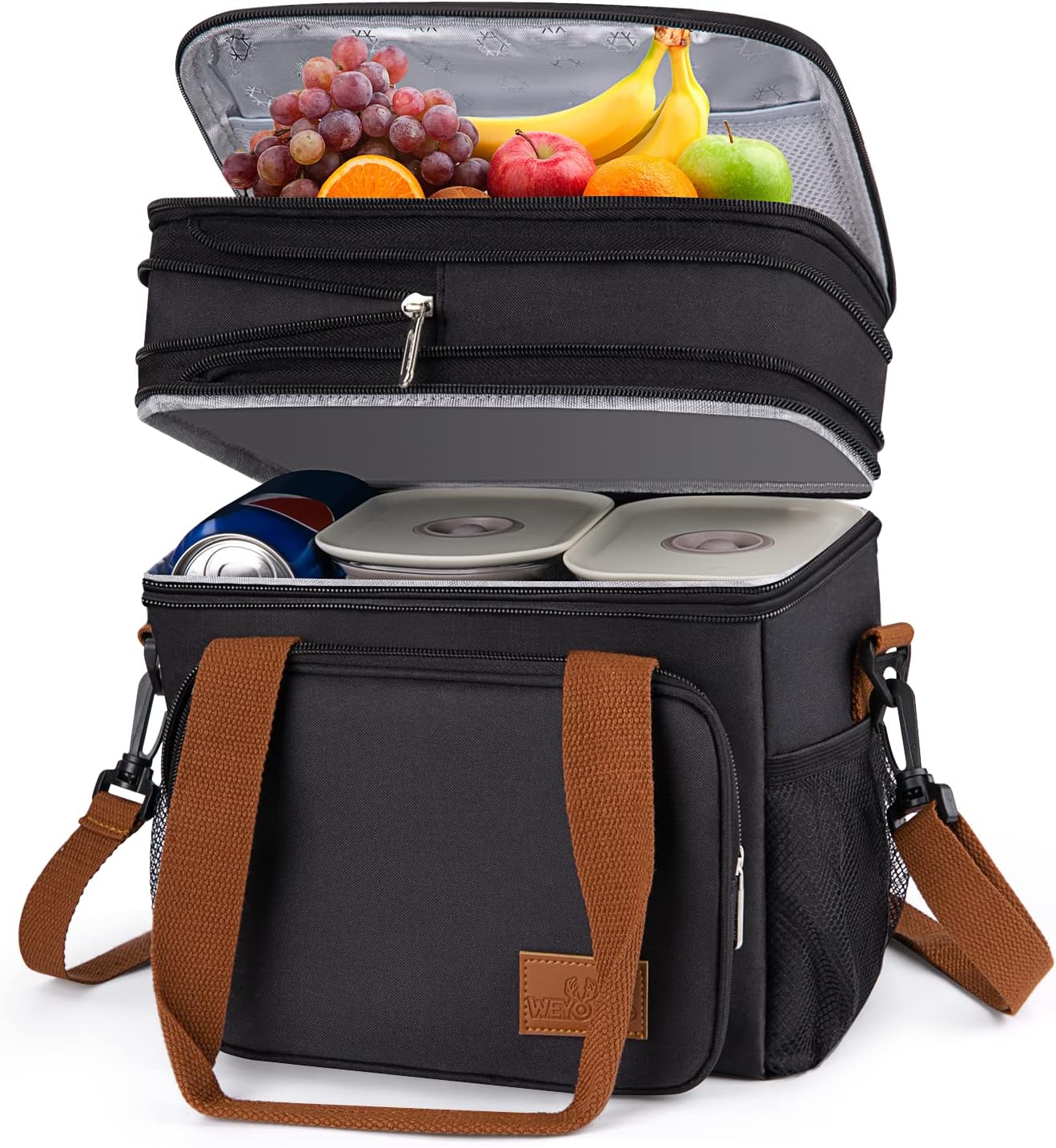
3. Stainless Steel Lunch Boxes
With the tide turning against plastic, stainless steel lunch boxes emerge as the champions of durability and environmental stewardship. LunchBots and ECOlunchbox offer a medley of stainless steel wonders, boasting not only strength and resistance to corrosion but also ease of cleaning, for those committed to a plastic-free existence.
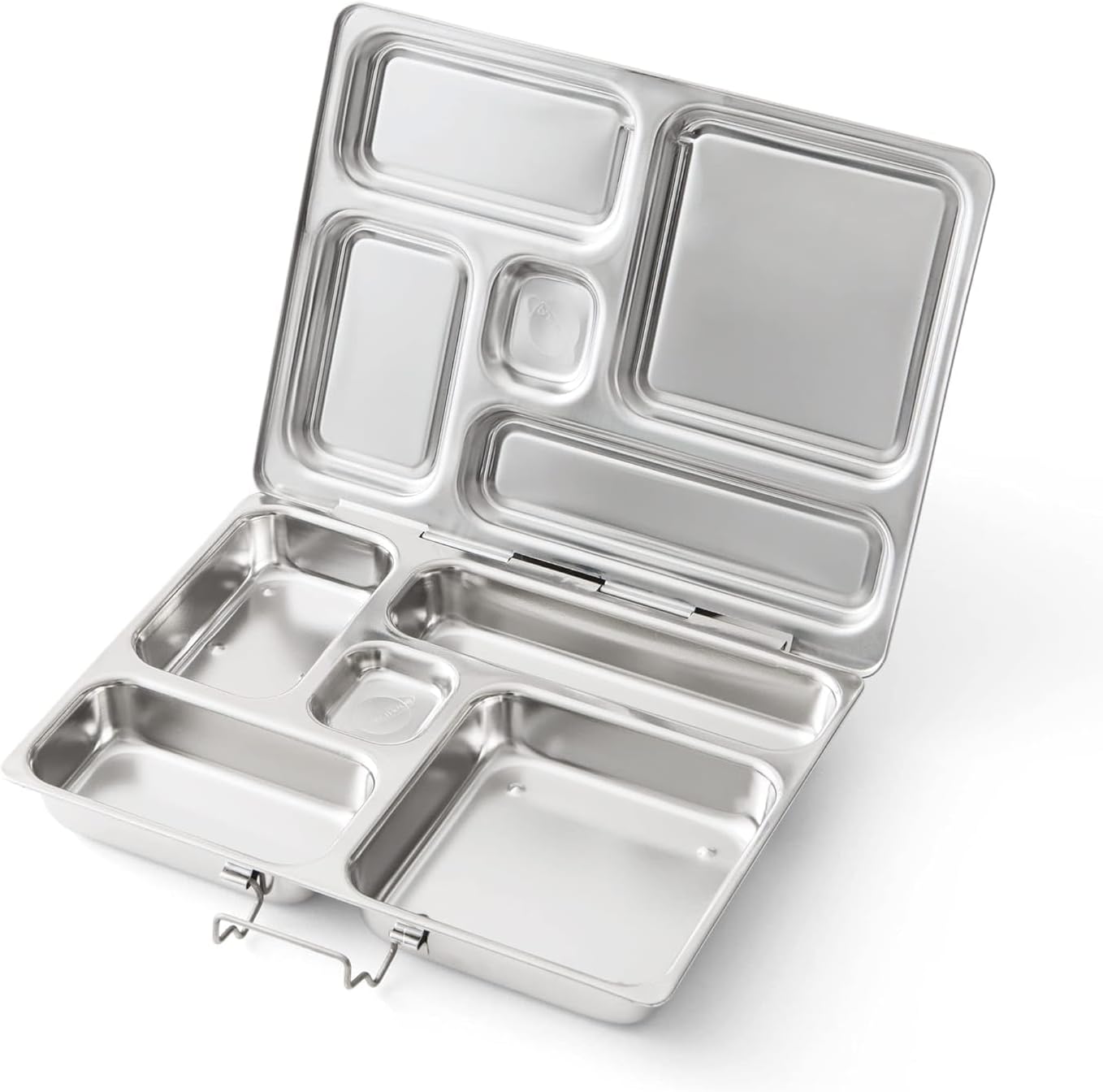
4. Glass Lunch Containers
Elevate your lunch experience with glass lunch containers, the epitome of purity and convenience. Esteemed brands like Pyrex and Glasslock present you with hermetically sealed havens for your meals, ensuring spill-proof storage and freshness, alongside the ease of transitioning from fridge to microwave.
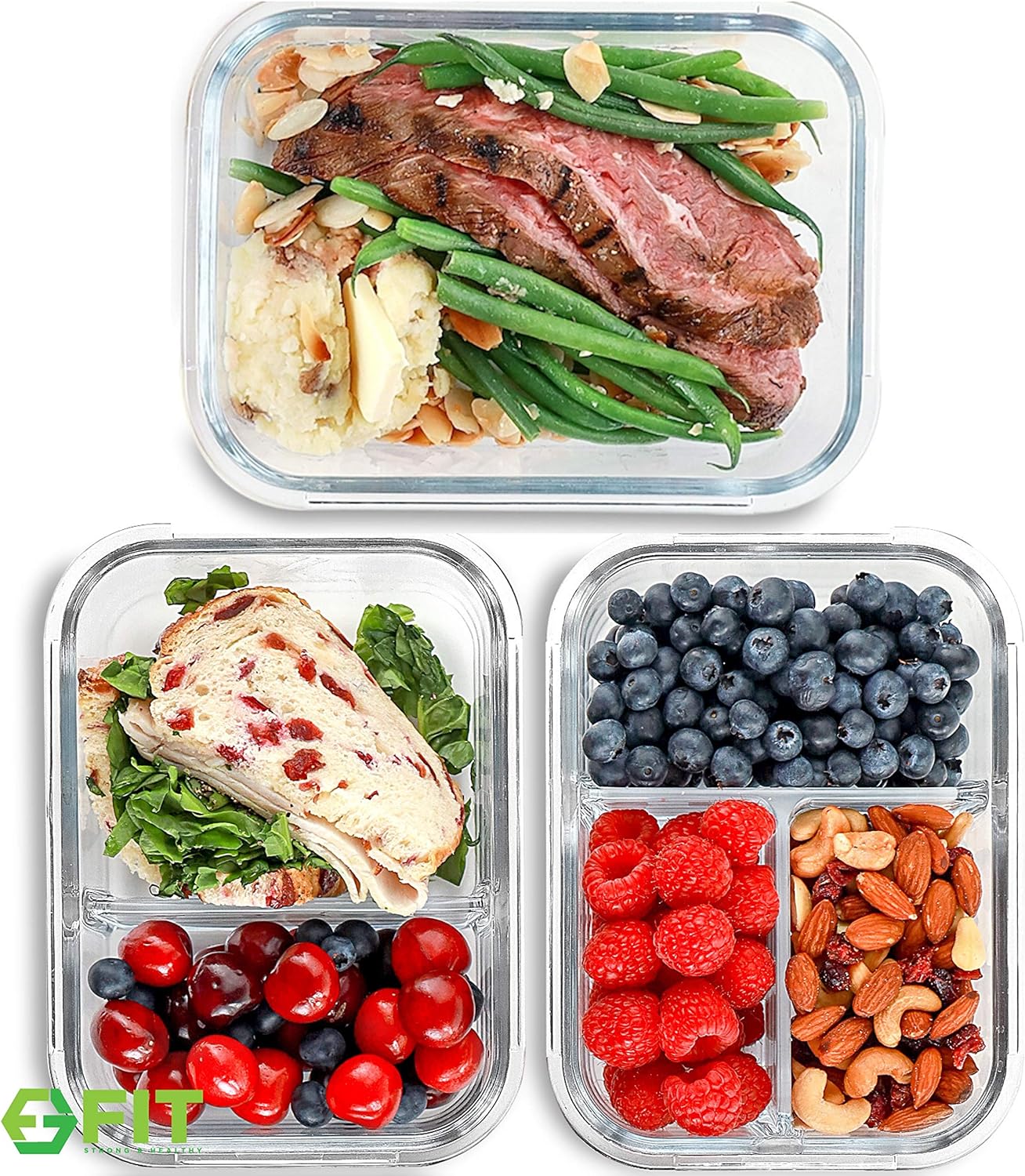
5. Eco-Friendly Lunch Boxes
In the vanguard of the sustainability movement are eco-friendly lunch boxes, crafted from innovative materials like bamboo fiber, wheat straw, and recycled plastics. Ecozoi and PlanetBox are at the forefront, offering designs that not only reduce your ecological footprint but also feature unique aesthetics.
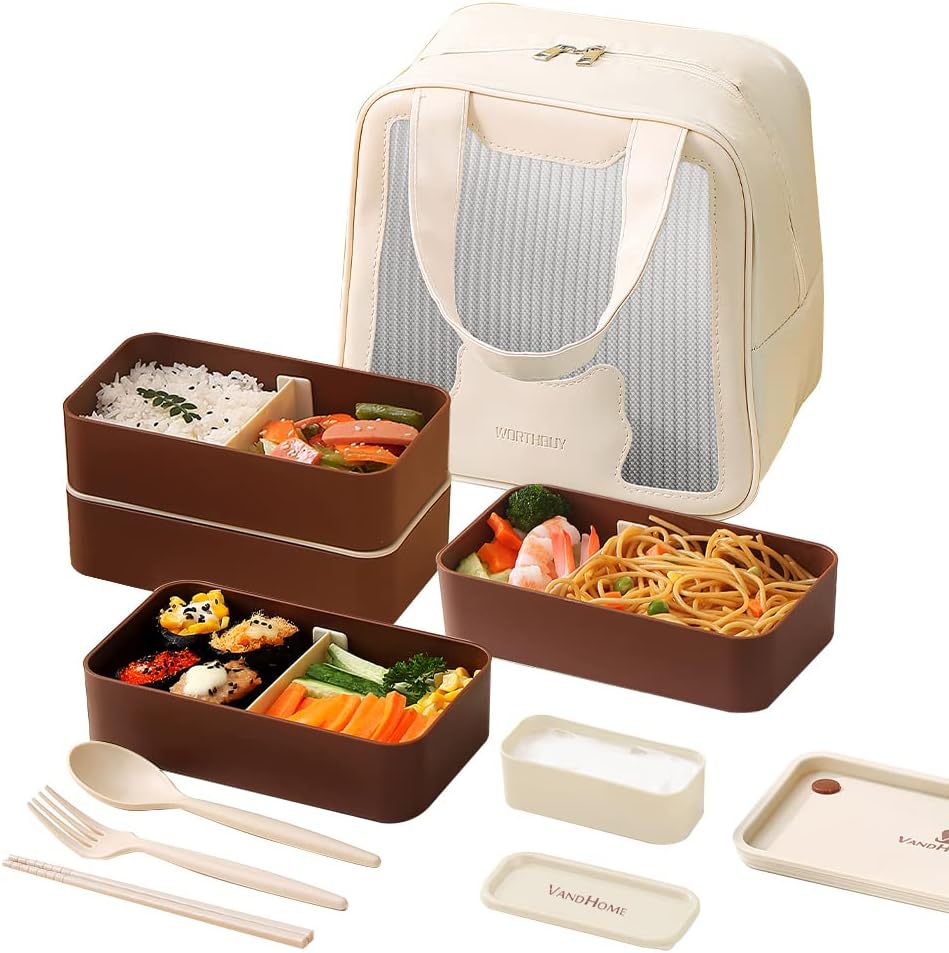
6. Lunch Bags
For a softer touch to your meal transport, lunch bags provide a stylish and flexible alternative. Built NY and Skip Hop have perfected the insulated lunch bag, utilizing neoprene or fabric for a solution that’s as easy to tote as it is to tuck away, accommodating an array of container shapes and sizes with unparalleled versatility.
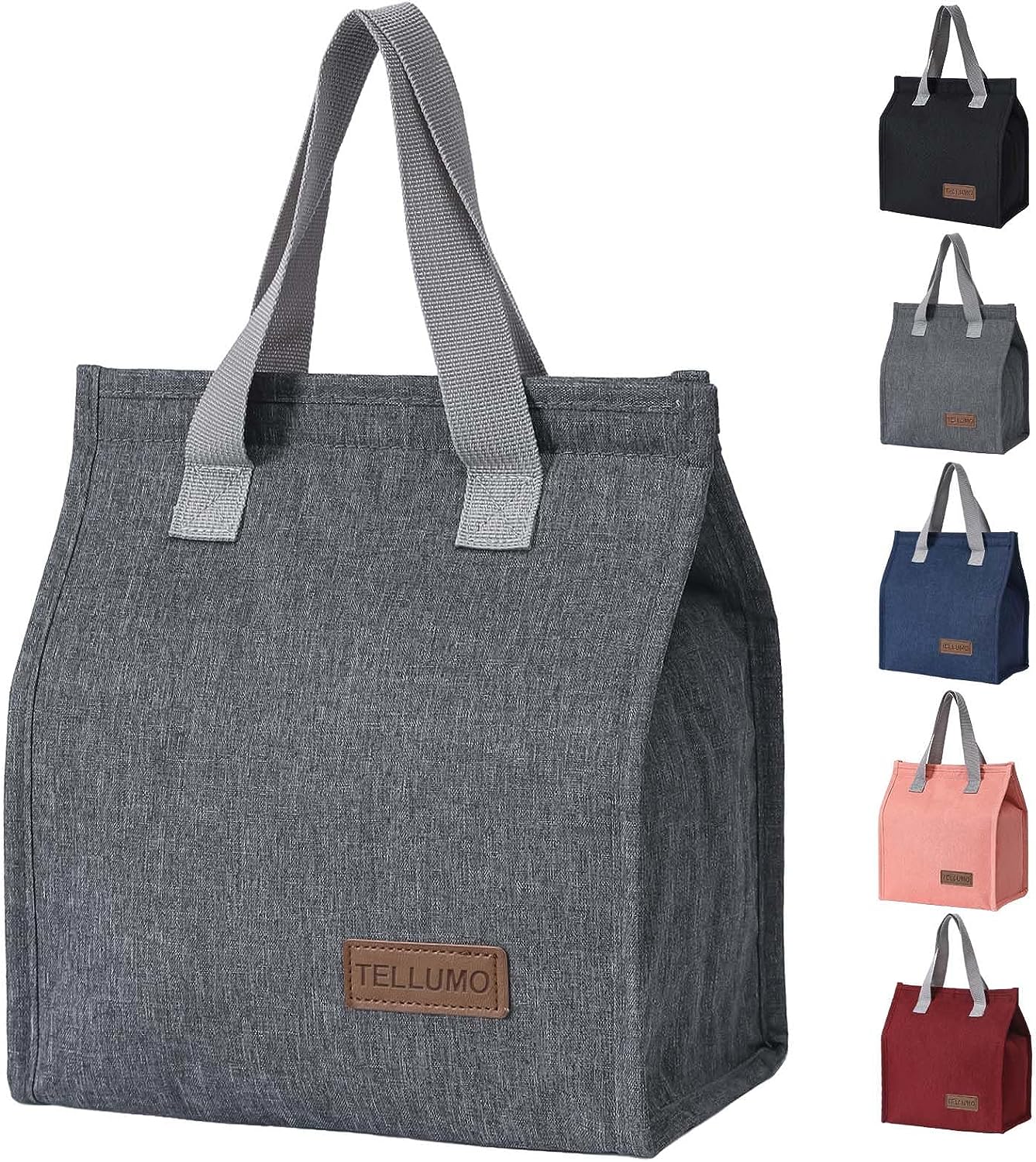
7. Smart Lunch Boxes
Stepping into the future, smart lunch boxes are beginning to make waves, integrating features like app connectivity, USB-powered heating, and solar panels for the tech-savvy and outdoor adventurers alike. This burgeoning category promises to redefine mealtime with an emphasis on health and convenience.
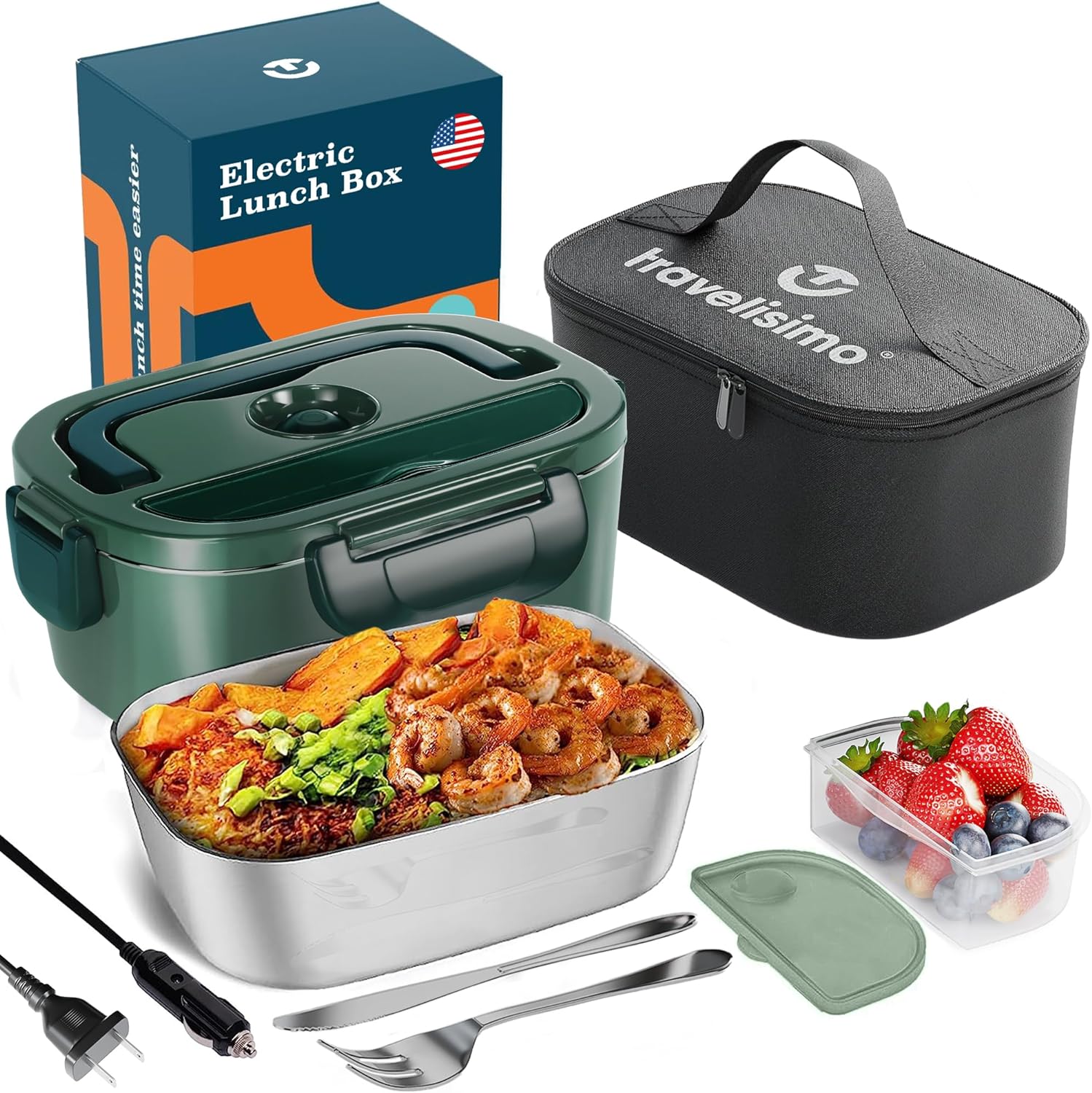
FAQ
How do I stop my lunchbox from leaking?
Preventing your lunchbox from leaking involves a few strategic choices and practices:
Choose Leak-Proof Containers: Invest in high-quality, leak-proof lunch boxes. Look for containers with airtight seals and locking mechanisms on the lids, which are designed to prevent leaks. Brands that specialize in bento boxes, insulated containers, or those with silicone seals are often reliable choices.
Use Separate Containers for Liquids: For soups, sauces, or dressings, use separate small containers that are specifically designed to hold liquids. This not only prevents leaks but also keeps your other food items from getting soggy.
Pack Carefully: Place heavier items at the bottom and lighter items on top to prevent containers from shifting and opening. If using a lunch bag, consider adding an extra layer of protection with a leak-proof bag or wrap around particularly messy items.
Check Seals and Lids Before Packing: Ensure that all seals are intact and lids are securely fastened before packing your lunch. Over time, wear and tear can affect a container's ability to hold liquids, so replace any containers with damaged seals or locks.
Maintain Upright Position: Try to keep your lunchbox in an upright position during transport. Use lunch bags with flat bottoms or boxes that fit snugly in your bag to avoid tipping.
Why we should not use plastic lunch boxes?
There are several reasons to reconsider the use of plastic lunch boxes, including health and environmental concerns:
Chemical Leaching: Certain plastics can leach harmful chemicals into food, especially when heated or scratched. Chemicals like BPA (Bisphenol A) and phthalates, found in some plastics, have been linked to health issues, including hormonal imbalances and increased risk of certain cancers.
Environmental Impact: Plastic is a major environmental pollutant. It takes hundreds of years to decompose, and its production and disposal contribute to pollution and the depletion of fossil fuels. Opting for reusable, eco-friendly materials like stainless steel, glass, or biodegradable options reduces plastic waste.
Durability and Longevity: Plastic containers can degrade over time, becoming stained, warped, or cracked, which might lead to leaks and contamination. Alternatives like glass or stainless steel tend to have a longer lifespan and can withstand repeated use without significant wear.
Why is my lunch box leaking?
Your lunch box might be leaking due to several reasons:
Worn-Out Seals: Over time, the seals or gaskets on your lunch box may wear out or get damaged, reducing their effectiveness at keeping liquids contained.
Improper Closure: If the lid isn't properly secured or if the locking mechanism is faulty, liquids can easily leak out. Always ensure the lid is evenly and securely attached.
Overfilling: Filling containers too full, especially with liquids, can cause pressure to build up and lead to leaks. Leave some space at the top to prevent this issue.
Cracks or Damage: Physical damage to the container, such as cracks or holes, can lead to leaks. Inspect your lunch box regularly for any signs of damage and replace it if necessary.
Inappropriate Container for Liquids: Using containers not specifically designed to hold liquids can result in leaks. Opt for containers labeled as leak-proof or specifically meant for soups and sauces.
Addressing these issues by choosing the right containers, inspecting them for wear and damage, and packing them correctly can help prevent leaks and ensure your meals stay contained until you're ready to enjoy them.
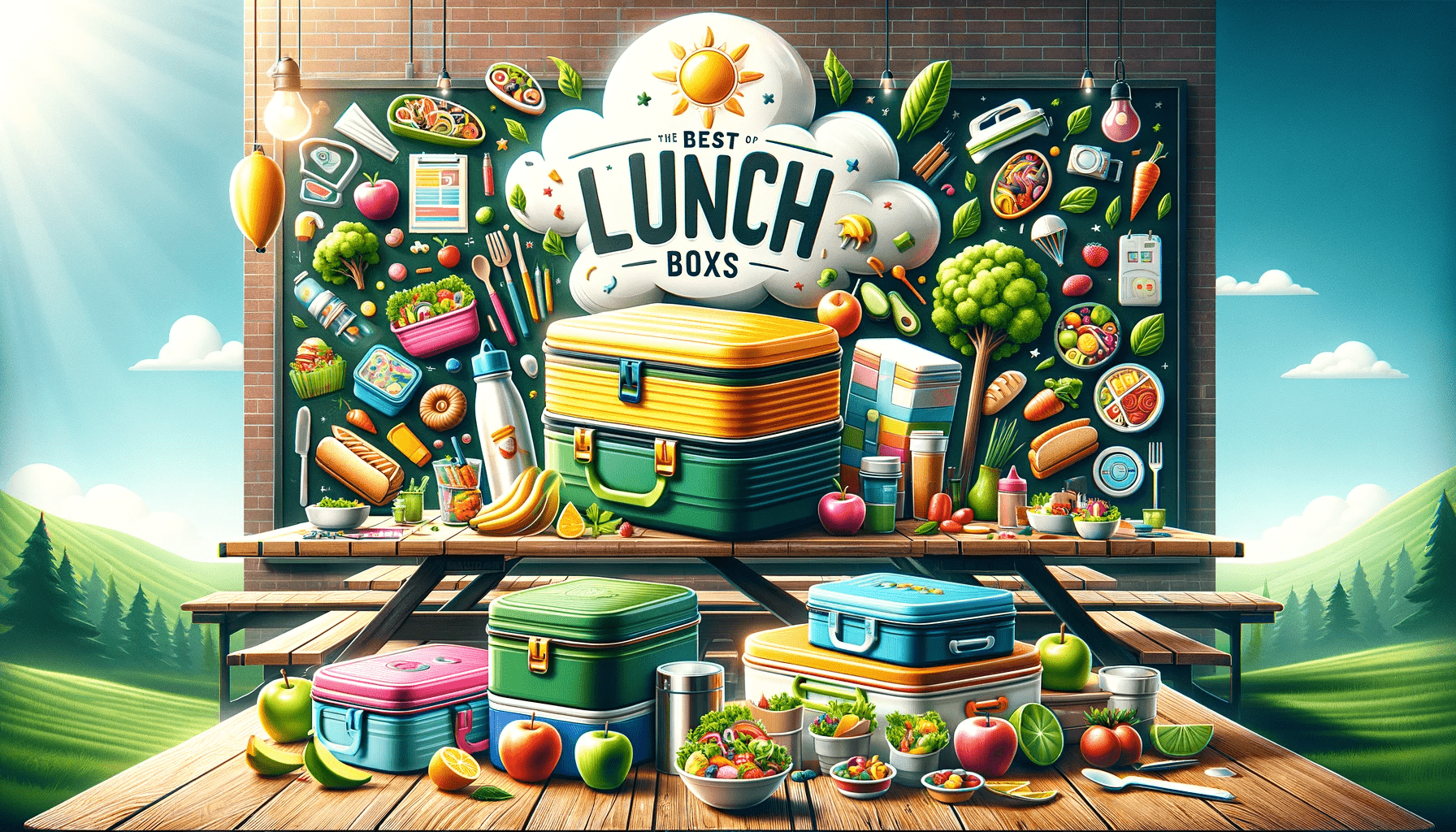
Leave a comment